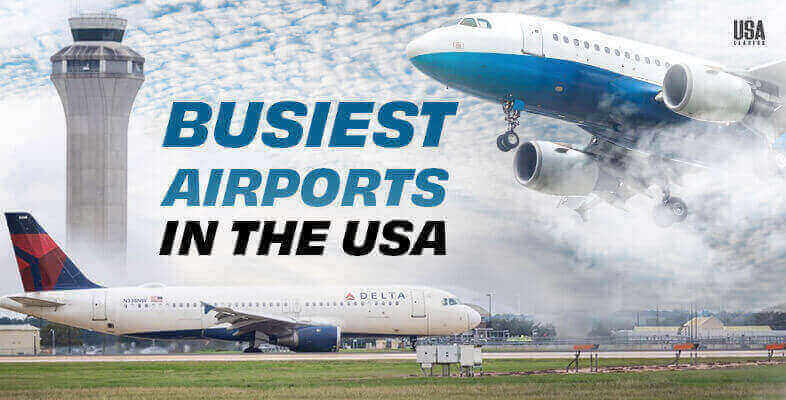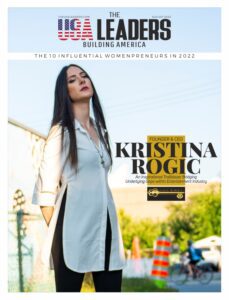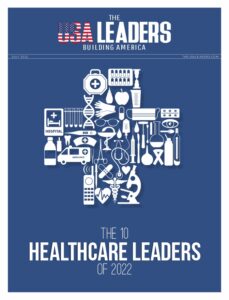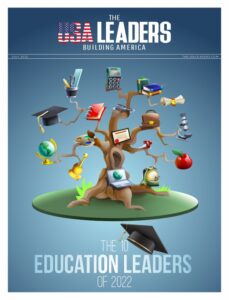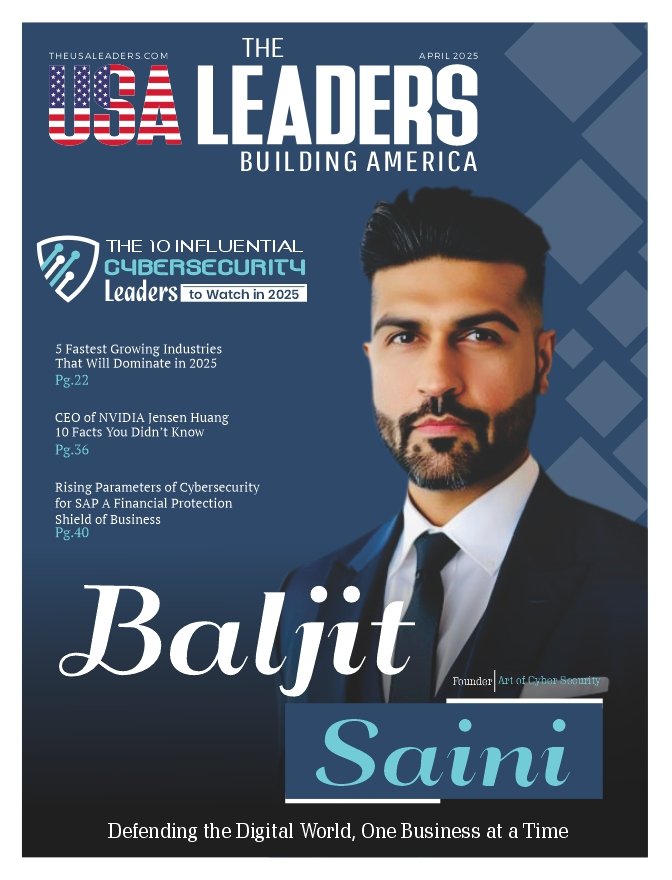What if your next winning campaign didn’t need hours of writing, endless meetings, or guesswork? That’s exactly where AI steps in—and changes everything. From content ideas to customer support, AI is now powering the full marketing funnel. In this guide, we’ll explore a head-to-head comparison of ChatGPT vs Copilot—two leading AI tools reshaping how marketers work today.
You’ll see how each tool performs across the funnel—from awareness to conversion to loyalty. We’ll show you where ChatGPT excels at creative content and smart automation, and where Copilot leads with data-driven, personalized workflows inside Microsoft apps.
So, if you’re stuck between choosing a writing assistant or a workflow partner, this breakdown will make it simple. Let’s dive into the real differences, backed by use cases, and help you choose smarter for your next move.
How AI is Reshaping the Marketing Funnel
AI is transforming how marketers work. Earlier, teams spent hours writing emails, analyzing data, or trying to guess what customers wanted. But now, with tools like ChatGPT vs Copilot, that manual grind is slowly being replaced by smart automation.
Today, marketers can deliver hyper-personalized content to each customer without any extra effort. AI helps you understand who the customer is, what they want, and when to send the message. So instead of one-size-fits-all campaigns, businesses are now doing one-to-one marketing at scale. This is how loyalty builds—through relevance.
Another major shift is predictive analytics. AI can now predict what a customer might do next. Will they click? Will they buy? Should you send a follow-up? These answers no longer rely on guesswork. They come from AI-driven data patterns. That’s a game changer for performance and planning.
Also, marketers no longer need to spend time on repetitive tasks. From writing proposals to building reports, AI tools are handling it all. For example, Copilot can draft a full sales proposal by pulling information from your CRM and Word docs. Meanwhile, ChatGPT can create personalized survey questions or even thank-you notes that sound human and warm.
In the debate of ChatGPT vs Copilot, both serve different roles. But together, they’re powering the shift from slow, manual marketing to fast, intelligent systems. This isn’t just a trend—it’s the foundation of tomorrow’s marketing funnel. These tools are the first real steps in the AI marketing revolution, helping businesses scale with speed, precision, and heart.
Top of Funnel: Awareness & Content Ideation
When you’re just starting to plan content, the goal is simple—get ideas fast, and make them click. But here’s the big question:
ChatGPT vs Copilot—who’s the better creative partner at the top of the funnel?
Let’s break it down.
ChatGPT: Fast, Creative, and Audience-Focused
- Content Generation: ChatGPT shines when you need fresh ideas. Blog titles, YouTube hooks, Instagram captions—it can give you dozens in seconds.
- Audience Research: Just prompt it to build detailed buyer personas, and it’ll deliver user pain points, motivations, and behavior—fast.
- Style Variability: Need a formal tone for LinkedIn or a playful tone for Reels? ChatGPT adapts.
Example: Planning a campaign for eco-friendly sneakers? ChatGPT can give you 10 different angles within 30 seconds—each tailored for a unique persona.
Copilot: Ideal for Internal Strategy and Web Research
- Internal Research: In a Teams call? Ask Copilot to summarize past campaign notes, reports, or meeting minutes.
- Web-Based Trends: The web-integrated version of Copilot helps you spot what’s trending—right from Bing or Microsoft Edge.
Example: Use Copilot to extract keyword trends from internal PDFs or current Google searches.
Final Verdict
For pure content ideation and creative volume, ChatGPT wins hands down.
But if your workflow is document-heavy or team-based, Copilot plays a solid supporting role.
Middle of Funnel: Consideration & Nurturing
At the middle stage of your funnel, it’s all about keeping interest alive. That means smart emails, quick follow-ups, and clear insight into what’s working. So, between ChatGPT vs Copilot, who helps more here?
Let’s break it down.
Copilot: Powerful for Data and CRM-Driven Actions
- Email Campaigns: Copilot pulls contact info from tools like Dynamics 365 and drafts personalized emails in Outlook instantly.
- Data Insights: In Excel, Copilot quickly shows open rates, click-throughs, and bounce stats—without writing a single formula.
- Sales Calls: After a Teams meeting, Copilot summarizes key points and drafts a follow-up email—ready to send.
Example: After a lead call, Copilot can auto-write an email that mentions the exact customer concerns discussed on the call.
ChatGPT: Perfect for Personalized Copy and Smart Chatbots
- Email Copywriting: ChatGPT writes or rewrites emails that sound clear, friendly, and compelling—even across full sequences.
- Website Chatbot: Use ChatGPT’s API to build a chatbot that answers FAQs and qualifies leads—saving human effort.
Example: ChatGPT can create a 3-email sequence to follow up with a lead who downloaded your whitepaper.
Final Verdict
If you want automation that works inside Outlook, Excel, and Teams, Copilot is your best bet.
But for writing better content and smarter chatbot replies, ChatGPT clearly leads.
So in the ChatGPT vs Copilot debate, go with your workflow—content-first or data-first.
Bottom of Funnel: Conversion & Loyalty
At the bottom of the funnel, trust becomes the key. You’ve attracted leads, nurtured them, and now it’s time to convert and retain.
Let’s explore with real use cases.
Copilot: Built for Personalized, Data-Driven Support
- Proposal Creation: Copilot uses Microsoft Word and your internal files to draft custom proposals—fast and accurate.
- Email Summaries: It reads through your CRM and Outlook to craft email replies that hit the right tone with each customer.
- Context-Aware Responses: Since Copilot works within your Microsoft ecosystem, it always has the right info at the right time.
Example: Copilot can pull your service tier details and pricing from Word docs to instantly build a tailored sales proposal.
ChatGPT: Great for Engagement and Loyalty Building
- Customer Testimonials: ChatGPT can suggest thoughtful prompts to help your happy customers write impactful reviews.
- Surveys That Convert: It creates post-sale surveys that feel personal and engaging—getting more responses and better insights.
- Conversational Style: ChatGPT writes feedback forms and thank-you notes that sound warm and human.
Example: Want a 3-question feedback form that doesn’t feel robotic? ChatGPT nails the tone effortlessly.
Final Verdict
If your workflow depends on Microsoft apps and internal data, Copilot makes the conversion smoother.
But for crafting emotional follow-ups and loyalty boosters, ChatGPT wins hearts.
In the ChatGPT vs Copilot race, it’s not either-or—it’s what your customer touchpoint needs most.
ChatGPT vs. Copilot: A Quick Comparison Table
| Feature | ChatGPT | Copilot |
| Primary Purpose | Creative content generation and conversational automation | Context-aware automation using internal company data |
| Best for Funnel Stage | Top and Bottom (Ideation, Engagement, Loyalty) | Middle and Bottom (Nurturing, Proposals, Data Insights) |
| Key Advantage | Fast, human-like writing for content, emails, and chatbots | Smart use of the Microsoft ecosystem for data-driven actions |
| Integration | API-based (can be added to any app or website) | Native to Microsoft 365 (Excel, Word, Outlook, Teams) |
Key Takeaways
I personally think the question isn’t just “ChatGPT vs Copilot—who’s better?” It’s deeper than that. It’s about understanding how marketing is evolving and why these tools matter now more than ever.
AI isn’t here to replace marketers—it’s here to remove what slows them down. That means no more time wasted on repetitive tasks, disjointed workflows, or guessing what customers want. The real shift is toward speed, precision, and personalization.
ChatGPT thrives when creativity needs a jumpstart—when a marketer needs clear copy, engaging emails, or lead-qualifying chatbots in minutes. Copilot, on the other hand, shows its strength when marketing decisions rely on structured data, internal documents, and Microsoft-based workflows.
So the takeaway isn’t “pick one.” It’s known when to use which. Understand your funnel. Define your workflow. Then choose the tool that fits—not just for now, but for where your brand is heading.
Because at the end of the day, the future of marketing won’t be about who writes faster. It’ll be about who connects smarter—at the right time, with the right message, powered by the right AI.





